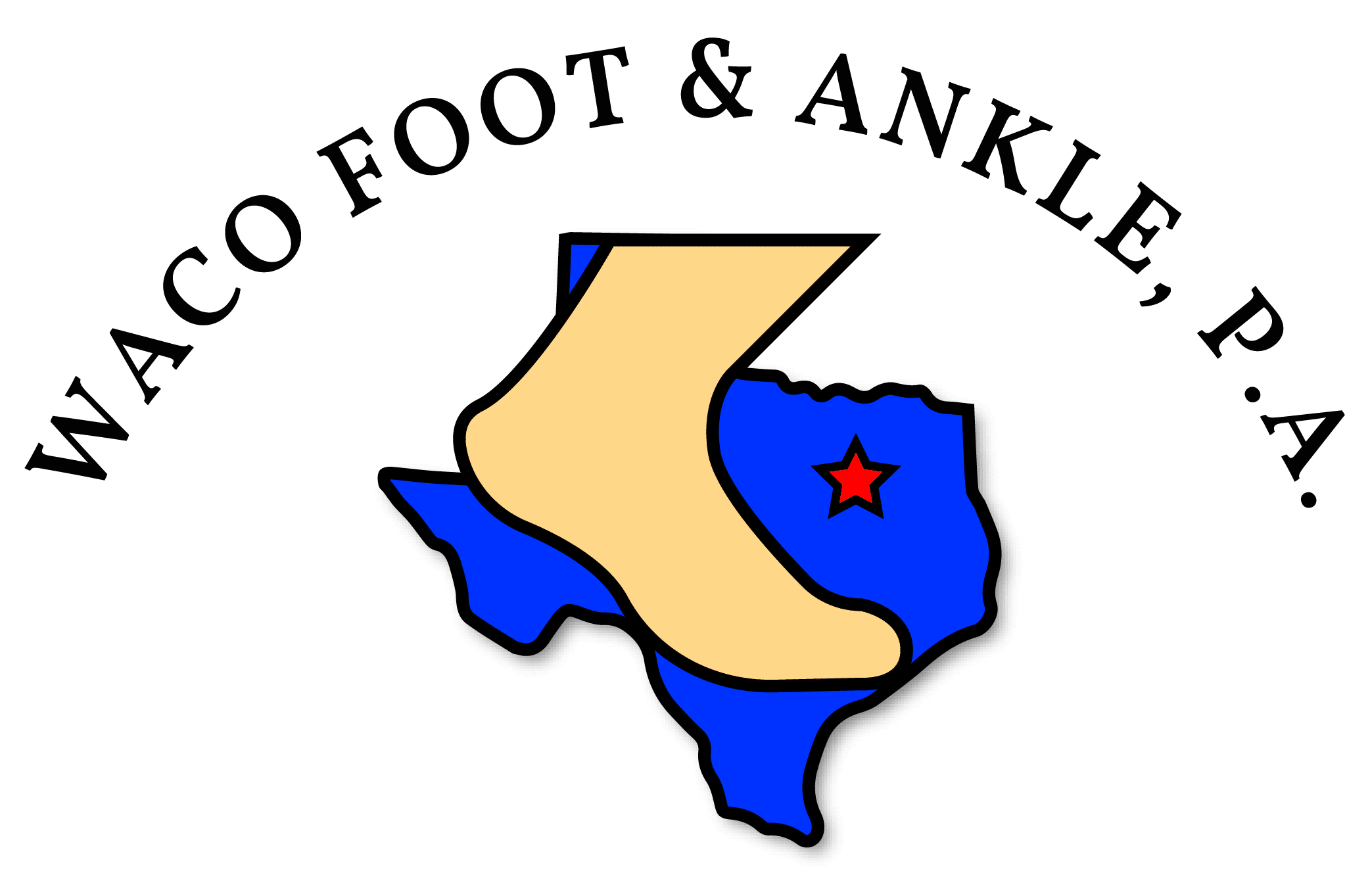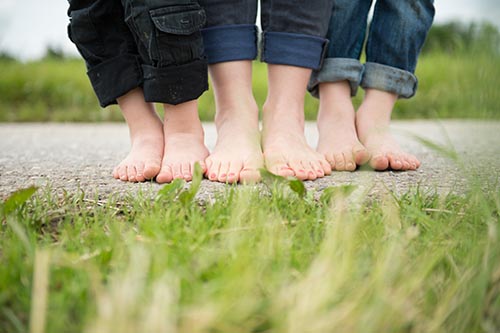Children’s Foot Conditions
Our Award-Winning Physicians Can Help Resolve Your Child’s Foot, Heel & Ankle Pain
Because their feet and bones and still developing and maturing, children experience different kinds of foot and ankle problems than their parents and grandparents, and often require different treatment solutions. Some of the most common children’s foot conditions are explained below.
Heel Pain
Heel pain is very common in children between the ages of 7-15, especially during a growth spurt. Because children’s bodies mature at different rates, there is a wide age range where heel pain can occur.
The most common heel pain etiology in kids is a condition called Sever’s disease. Heightened activity can cause inflammation of the growth plate on the heel bone, which is relatively exposed while children are still growing. Sever’s disease needs to be addressed early to reduce recovery time and prevent longer-term damage to the growth plate. Treatment can be frustrating for both parents (and physicians!) if the child is in a period of rapid growth or significant sports participation, but it is necessary.
Other causes of heel pain in children include fractures, tumors, tendinitis, and coalitions of bone.
For more information on Sever’s Disease, visit the American College of Foot and Ankle Surgeons site.
Flatfoot
Flat feet in children is often completely normal, and may even reverse itself in time. The main concern with flat feet is symptoms—if your child’s feet hurt, they should see a podiatrist. If you notice your child limping, not wanting to participate in customary activities with other children, or complaining of pain after activity they need to be evaluated. We have extensive experience treating children and will be happy to evaluate your child so that they remain active.
Tarsal Coalitions
Tarsal coalitions are abnormal fusions or connections of tarsal bones in the back of the foot, near the heal. There are several different types of coalitions, and they are a common cause of flat feet in children. Typically, children with tarsal coalitions are born with them. However, symptoms don’t always appear until later. Depending on the type of coalition, your child may present symptoms as young as age 9 or as late as 16. Treatment is highly depending on both the type of coalition, as well as the severity of your child’s symptoms. An accurate diagnosis is crucial in order to provide the best possible treatment and result for your child. If you have any concerns about the health of your child’s feet or ankles, or notice any signs that they might be hurting or struggling, please make an appointment with us right away. You can complete our contact form online, or call (254) 776-6995.


